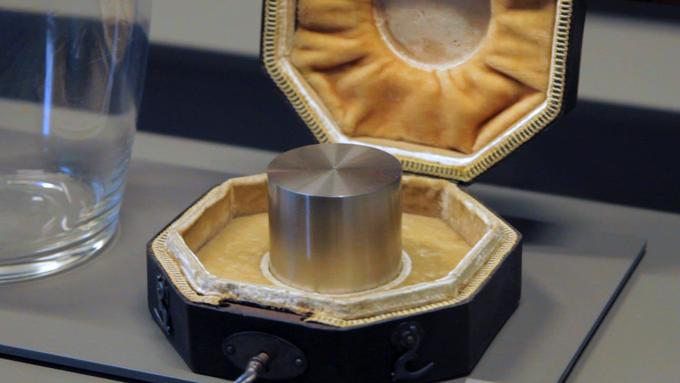I encountered a delightful little astrodynamics proof last week when an astronaut casually stated it as a fact, and when I looked skeptical, he just smiled and said, "Check it yourself."
Here's the statement:
"It takes 2 hours to orbit at the surface of any object made of rock"
Here's the statement:
"It takes 2 hours to orbit at the surface of any object made of rock"
My first thought was that it couldn't be right since Low Earth Orbit period isn't 2 hours; it's 1.5. But of course,🌎isn't a rock; 🌎has an iron core that bumps our density up to ~twice that of rock, (and actually makes Earth the densest planet in the solar system) 

My second thought was that ~2 hrs did seem like a surprisingly good approximation for the low orbit periods of the rocky objects I could call to mind.
🌎: 1.5 hrs
🌔: 2.0 hrs
🔴: 1.8 hrs
3 different sized ~rocky objects, each ~2 hr low orbit periods.
So what's going on here?
🌎: 1.5 hrs
🌔: 2.0 hrs
🔴: 1.8 hrs
3 different sized ~rocky objects, each ~2 hr low orbit periods.
So what's going on here?
Turns out, if you take the relation between a sphere's density, mass and volume and use it to expand the equation for the period of a low circular orbit to be in terms of R (instead of the more familiar equation expressed in terms of both R and M) then all of the R terms cancel! 

To put that another way: The radius and mass of an object *don't independently matter* for its low orbit period; it's only the density that matters. And if you plug in the density of a typical rock (~2700 kg/m3), you get almost exactly 2 hours! 

As soon as I finished this check, I remembered ~2 hrs from a paper somewhere. I found it later: The distribution of asteroid rotation speeds vs size from 10.1093/mnras/stab412.
Notice the cutoff? Above a certain size, there are no asteroids that spin faster than once every 2 hrs
Notice the cutoff? Above a certain size, there are no asteroids that spin faster than once every 2 hrs

Is that a coincidence? Nope! Same physics. Most asteroids are mostly rock, and once they get big enough to be held together by their own gravity, if they *were* spinning faster than once every 2 hours, then parts of them would (by definition) be in orbit.
Material would get thrown off their equator until the asteroid shrank/spun down to the 2 hrs period limit. I remember seeing this figure in grad school, but I hadn't connected it to the general conclusion that "all rocky objects have low orbit periods of ~2 hours". Very cool!
Addendum: Nothing special about rock either, we can generalize this statement to orbits around objects made of other stuff:
Metal (~7000 kg/m3): 1.2 hrs
Gas giants (~1400 kg/m3): 2.8 hrs
Ice/water (~1000 kg/m3): 3.3 hrs
Metal (~7000 kg/m3): 1.2 hrs
Gas giants (~1400 kg/m3): 2.8 hrs
Ice/water (~1000 kg/m3): 3.3 hrs
• • •
Missing some Tweet in this thread? You can try to
force a refresh









